wikiHow is a “wiki,” similar to Wikipedia, which means that many of our articles are co-written by multiple authors. To create this article, 20 people, some anonymous, worked to edit and improve it over time.
There are 7 references cited in this article, which can be found at the bottom of the page.
This article has been viewed 268,760 times.
Learn more...
United States military aircraft are all given specific designations by the Department of Defense known as MDS designations (Mission Design Series) that identify their design and purpose.[1] This joint designation system was introduced by the Department of Defense in 1962, replacing the separate systems of the US Air Force, US Navy, US Marine Corps, US Army, and US Coast Guard. This article will explain what those designations mean and how to read them.
Steps
-
1Understand what the MDS designation tells you about the vehicle. The system consists of six different designations which identify:
- the type of aircraft
- the basic mission of the aircraft
- the modified mission of the aircraft
- the design number
- the series letter
- the status prefix
-
2Become familiar with the format. The order in which this designation is presented is actually (6)(3)(2)(1) - (4)(5).[2]Advertisement
-
3Read from the hyphen out to the left. Then read everything after the hyphen, to the right.
-
4Check the type of aircraft. If it is anything other than an airplane (e.g. heavier than air, atmospheric craft) you will see one of the following symbols immediately to the left of the hyphen.[3] Otherwise, skip to the next step.
- D – UAS (Unmanned Aerial System) Control Segment; these are not the actual UAVs, but rather the manned aircraft controlling and, "D," for Directing them)
- G – Glider (including motor gliders used for unpowered flight; fixed wing; use air currents for normal lift; may have an engine)
- H – Helicopter (any rotary wing aircraft)
- Q – UAS (Unmanned Aerial System, this is the actual vehicle)
- S – Spaceplane (can operate both within and outside the atmosphere; see Tips below)
- V – VTOL/STOL (Vertical Takeoff and Landing / or, Short distance TakeOff and Landing)
- Z – Lighter than air (e.g. weather balloons, spy balloons, think of the old Zeppelins to remember the "Z" designator)
-
5Determine the basic mission. The letter immediately to the left of the dash (when a type designation is not present) indicates the basic mission purpose of that aircraft. Occasionally, the basic mission designation is left out if the type and the modified mission (see next step) are included (e.g. MQ-9A).[4]
- A – Ground Attack ("A" is from Attack)
- B – Bomber
- C – Transport ("C" from Cargo mover)
- E – Special Electronic Installation ("E" stands for the addition of extensive Electronic equipment)
- F – Fighter (air combat, think of the "F" for Fighting/dogFighting)
- H - Search and Rescue (Think of the "H" as in Hospital, flying Hospital ships, and also the common destination for those who are rescued)
- K – Tanker (think of the "K" in tanker or Kerosene, it carries and transfers aviation fuel--frequently a kerosene blend--in flight to other aircraft)
- L – Laser-equipped (Laser weaponry against air and ground targets; a new designation)
- M – Multi-mission (A wide variety of possible missions)
- O – Observation (Observation of enemy or potential enemy positions)
- P – "P" for Patrol, maritime (as in over the ocean)
- NOTE: Prior to 1962's "modernized" designations, "P" was commonly used for WWI, WWII and Korean War "Pursuit" planes, the first fighter/interceptors
- R – Reconnaissance (air reconnaissance of enemy forces, territory, and facilities)
- S – Anti-Submarine ("S" from enemy Submarines' search, locate, and attack; see Tips below)
- T – Trainer
- U – Utility (base support aircraft)
- X – Special Research ("X" from experimental design and developmental pure research programs, with no operational mission intended or feasible)
-
6Find the modified mission. The letter left of the basic mission designation indicates that a particular aircraft has been optionally modified for a mission different than its original design purpose. There should only be one letter for the modified mission designation, but there are a few exceptions (e.g. EKA-3B). These symbols are similar to the basic mission symbols, but contain a few extra descriptors.[5]
- A – Ground Attack
- C – Transport (Cargo)
- D – Drone Detector (modified to control unmanned aerial vehicles such as drones)
- E – Special Electronic Installation (addition of extensive electronic equipment)
- F – Fighter (air combat)
- K – Tanker (carries and transfers aviation fuel in flight to other aircraft)
- L – Cold Weather Operations (Arctic or Antarctic environments)
- M – Multi-mission (catch-all category)
- O – Observation (observation of enemy or potential enemy positions)
- P – Maritime Patrol
- Q – UAV or drone
- R – Reconnaissance (Reconnaissance by air of enemy forces, territory, and facilities)
- S – Anti-Submarine (search for, locate, and attack enemy submarines)
- T – Trainer
- U – Utility (base support aircraft)
- V – VIP/Presidential Staff Transport (comfortable accommodations)
- W – Weather Reconnaissance (weather monitoring and air sampling)
-
7See if there is a status prefix. If this symbol is present, it will be all the way to the left, and it is only needed if an aircraft is not in normal operational service.[6]
- C - Captive. Rockets and missiles that are incapable of launch.
- D - Dummy. Non-flying rockets and missiles, usually for ground training.
- G – Permanently Grounded. Usually for ground training of crews and support. Rare.
- J – Special Testing, Temporary. Aircraft with equipment temporarily installed for testing.
- N – Special Testing, Permanent. Aircraft with equipment installed for testing and that cannot be returned to original configuration.
- X – Experimental. Aircraft not yet finalized or accepted for service.
- Y – Prototype. Think of the "Y" in prototYpe, this is a final aircraft creation which is intended for mass production.
- Z – Planning phase. In the planning/pre-development phase. Not for actual aircraft.
-
8Look for the design number to the right of the hyphen. The first number after the hyphen is an aircraft designation. The rule, although often violated, is that normal aircraft are to be designated in a strict numerical series according to their basic mission. The easiest examples are found in the Fighter class of US airplanes: F-14, then the F-15, F-16 and so on. But, there are exceptions. For example, the X-35, which was a research plane, was later redesignated the F-35 when it became fighter capable, even though the next number in the Fighter sequence was F-24.[7]
-
9Review the series letter. A suffix letter designates variants of a basic aircraft, with the first model being "A" and subsequent series letters being assigned the next letters of the alphabet (skipping "I" and "O" to avoid confusion with the numbers "1" and "0"). As with other symbols, there are exceptions with out-of-sequence suffixes (e.g. to designate a specific customer, like the "N" in F-16N designated "Navy").[8]
-
10Make note of any additional elements. There are three additional symbols which you may encounter, and which are optional. E.g. F-15E-51-MC Eagle, EA-6B-40-GR Prowler
- Assigned popular name. "Eagle" and "Prowler" in the examples given.
- Block number. Distinguishes between minor sub-variants of a specific aircraft variant. "51" and "40" in the examples above. Sometimes the hyphen before the block number is replaced by the word "block" (e.g. B-2A Block 30).
- Manufacturer code letters. Identifies manufacturing plant.
-
11Practice. Read the following MDS designations and see if you can figure them out. Answers are in the Tips below. Some designations can get more complicated, but if you start from hyphen and read outward to the left, you should be able to understand any US aircraft's designation.[9]
- AH-12
- F-16
- SR-71
Community Q&A
-
QuestionWhat does the "2" on a A-10 Thunderbolt II/Warthog mean?
 Community AnswerIt was the second plane with this name. The P-47 was originally called Thunderbolt as well.
Community AnswerIt was the second plane with this name. The P-47 was originally called Thunderbolt as well. -
QuestionWhat does the 130 stand for on a C-130?
 Community Answer130 is the 130th in the Transport series. Such as F-16. 16 is the 16th in the Fighter series.
Community Answer130 is the 130th in the Transport series. Such as F-16. 16 is the 16th in the Fighter series. -
QuestionDoes the V in Navy aircraft designations come from the French word vol?
 Community AnswerNo it does not. The V stands for VTOL which is short for "Vertical Take Off and Landing."
Community AnswerNo it does not. The V stands for VTOL which is short for "Vertical Take Off and Landing."
Warnings
- An aircraft with dual, basic roles may sometimes use a '/' designator between roles, such as the F/A-18 (Fighter/Attack aircraft).⧼thumbs_response⧽
- As with any system or set of rules, there are exceptions to these designations.⧼thumbs_response⧽
- This in no way constitutes a complete or wholly accurate account of United States Military Aircraft designations.⧼thumbs_response⧽
References
- ↑ https://www.globalsecurity.org/military/systems/aircraft/mds.htm
- ↑ http://www.designation-systems.net/usmilav/aircraft.html
- ↑ http://www.designation-systems.net/usmilav/aircraft.html#_System
- ↑ http://www.designation-systems.net/usmilav/aircraft.html#_System
- ↑ http://www.designation-systems.net/usmilav/aircraft.html#_System
- ↑ http://www.designation-systems.net/usmilav/aircraft.html#_System
- ↑ http://www.designation-systems.net/usmilav/aircraft.html#_System
- ↑ http://www.designation-systems.net/usmilav/aircraft.html#_System
- ↑ https://www.popularmechanics.com/military/weapons/a20049/us-military-missile-rocket-designations-explained/
- ↑ http://www.military.cz/usa/air/air_accessories/usaf_tail_cod/usaf_tail_cod.htm
- Parsch, Andreas. Current Designations of U.S. Military Aircraft. Copyright 2003-2006
- http://en.wikipedia.org/wiki/United_States_Department_of_Defense_Aerospace_Vehicle_Designations

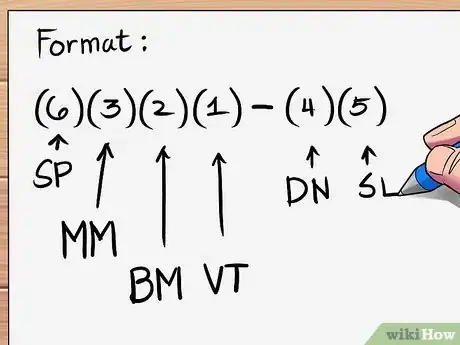
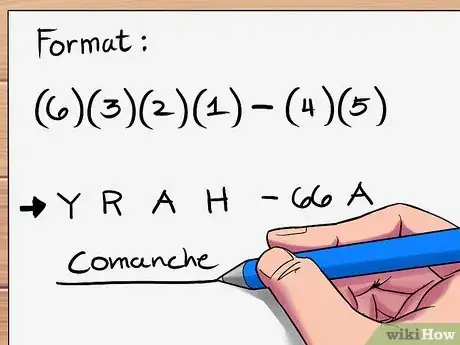
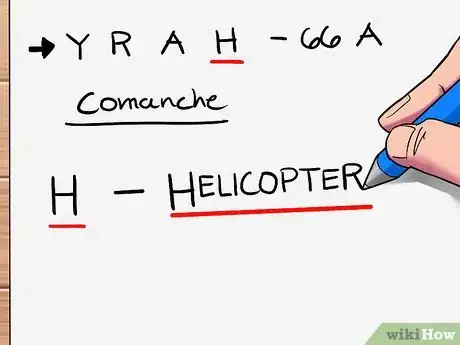
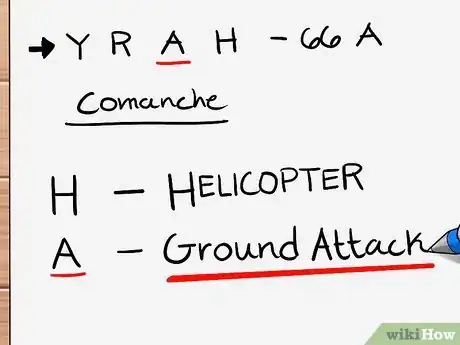
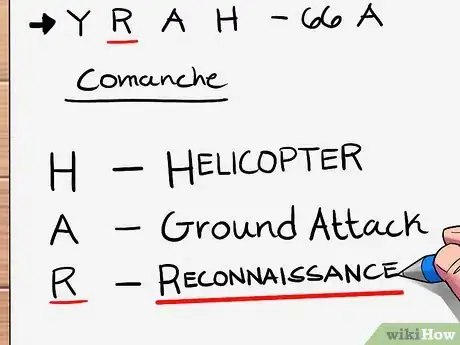
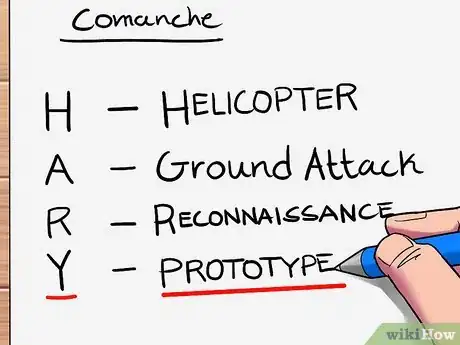
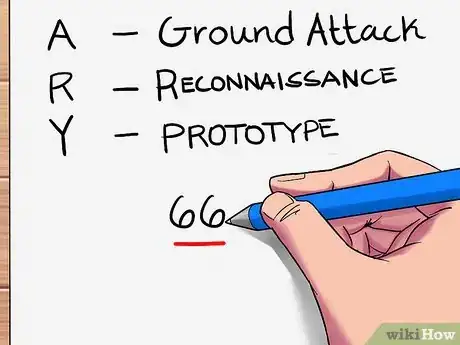
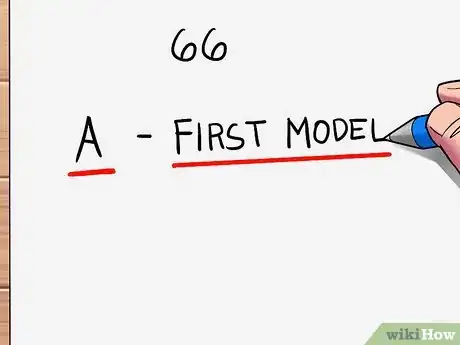
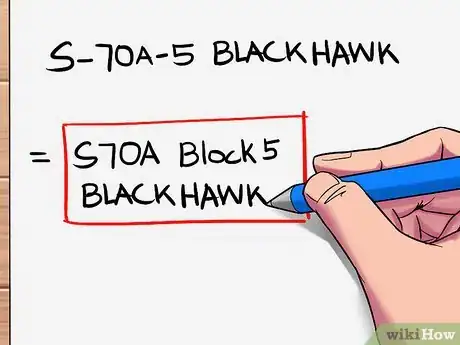
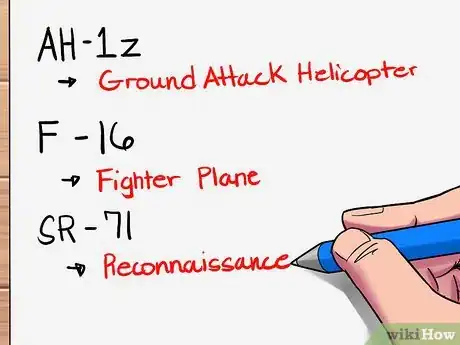
-Step-15.webp)

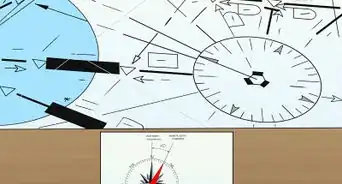

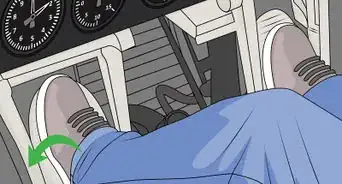

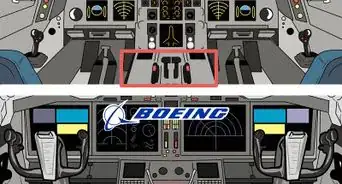

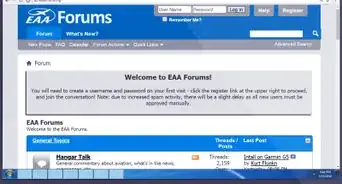
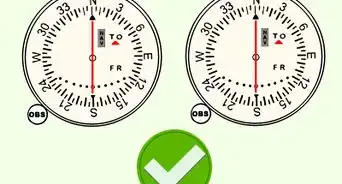


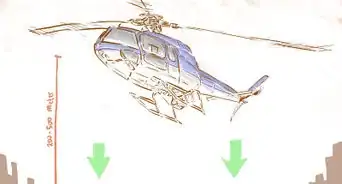







-Step-15.webp)





































